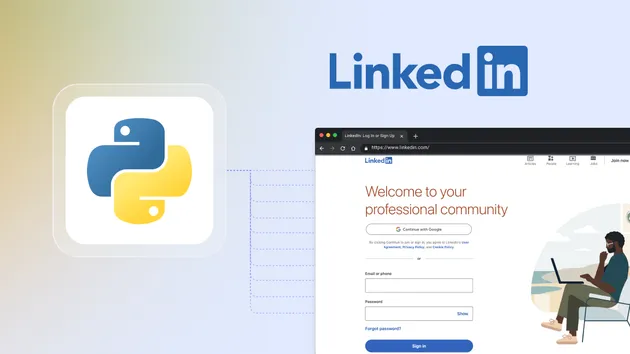Linkedin LIST / REMOVE Followers or Following
Pricing
$25.00/month + usage
Linkedin LIST / REMOVE Followers or Following
Linkedin remove following scraper automation. Allow you to list all your followers OR following. You can then provide a list of linkedin id to set the following status to False. Removing at scale people post from your feed
5.0 (1)
Pricing
$25.00/month + usage
3
Total users
13
Monthly users
3
Runs succeeded
25%
Issues response
21 hours
Last modified
2 months ago
You can access the Linkedin LIST / REMOVE Followers or Following programmatically from your own applications by using the Apify API. You can also choose the language preference from below. To use the Apify API, you’ll need an Apify account and your API token, found in Integrations settings in Apify Console.
{ "mcpServers": { "apify": { "command": "npx", "args": [ "mcp-remote", "https://mcp.apify.com/sse?actors=saswave/linkedin-list-remove-followers-or-following", "--header", "Authorization: Bearer <YOUR_API_TOKEN>" ] } }}Configure MCP server with Linkedin LIST / REMOVE Followers or Following
You have a few options for interacting with the MCP server:
Use
mcp.apify.comviamcp-remotefrom your local machine to connect and authenticate using OAuth or an API token (as shown in the JSON configuration above).Set up the connection directly in your MCP client UI by providing the URL
https://mcp.apify.com/sse?actors=saswave/linkedin-list-remove-followers-or-followingalong with an API token (or use OAuth).Connect to
mcp.apify.comvia Server-Sent Events (SSE), as shown below:
{ "mcpServers": { "apify": { "type": "sse", "url": "https://mcp.apify.com/sse?actors=saswave/linkedin-list-remove-followers-or-following", "headers": { "Authorization": "Bearer <YOUR_API_TOKEN>" } } }}You can connect to the Apify MCP Server using clients like Tester MCP Client, or any other MCP client of your choice.
If you want to learn more about our Apify MCP implementation, check out our MCP documentation. To learn more about the Model Context Protocol in general, refer to the official MCP documentation or read our blog post.


